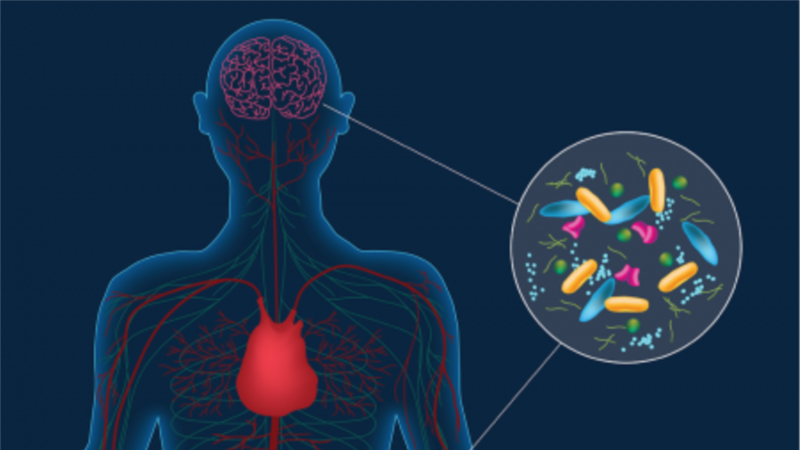Recently hundreds of people volunteered to be guinea pigs for a mind experiment. The execution was simple. All the participants had to do was watch a movie while wearing a headset that reads their response in real time. This type of experiment has been done before, but never at this scale "…where we can look at thousands or in this case, 1,000 people's brain activities as they're all involved in the same activity," said computational neuroscientist Tim Mullen. Five hundred people in Los Angeles and the same number in New York watched the movie, MindGamers at the same time. It is no coincidence that MindGamers explores what happens when the human brain is connected to a computer. In the movie, physical skills could be transmitted to a quadriplegic and allow him to move again. But the technology also opens the door to mass-mind control in the film. The results of the real world experiment, along with the answers to a personality questionnaire filled out by every participant, will help scientists better understand how the human mind works among various personality and demographic groups and how they react when presented with the same situation. Watch: Thousand Subjects React to Same Video Mass analysis The headset allows neuroscientists to read the electrical activity inside the brains of a mass collective of people. Cloud technology records how the focus of the audience changed during the course of the movie. "If you look for a hot color, hot colors mean that there was a big increase in focus," Mullen said as he shared the collected data on the big screen immediately after the movie ended. "There is a peak here," he said, as a ring appeared on the screen. At that point in the movie, the audience was watching a scene in which a woman was about to jump off a building. To further illustrate the technology, Mullen put two different colored rings on the big screen and asked the New York audience to focus on mentally pushing the yellow ring outward, and the ring started moving in that direction. "As this is changing it's related to how the entire group is changing their focus state," explained Mullen. Mullen says the future of brain-computer interface technology could lead to brain-to-brain communication. Research also is being conducted of plugging the brain into the cloud, and from there to an internet-connected device. Where it leads "I think that sooner or later we're eventually going to move to this point where everything is going to be linked to some big server. We're going to be interconnected regardless of the country we're living, or citizenship. We're all going to be integrated into something bigger. Humanity is going to be united," said experiment participant Andrey Nazarbekian. But not everyone is as optimistic. "I think humans will exploit it. I mean you're basically, we're losing control of our privacy," said experiment participant Adda Wong. "I'm fearful of the fact that where this could lead? Whose hands hold the power to this kind of information and data? But it's very exciting to see the wavelengths of everyone's brain connection," said experiment participant Charnelle Martin. "We know there are great outcomes that can come from this type of work, but it's a yin-yang world that we live in so for every sort of positive capability that you create, there likely is a nefarious or negative outcome and we have to be conscious about that as we develop these things," warned Todd Richmond, Director of Advanced Prototype Development at University of Southern California Institute for Creative Technologies. Mullen will be analyzing the data collected from the experiment for weeks to come, as research continues into the brain-computer interface.





